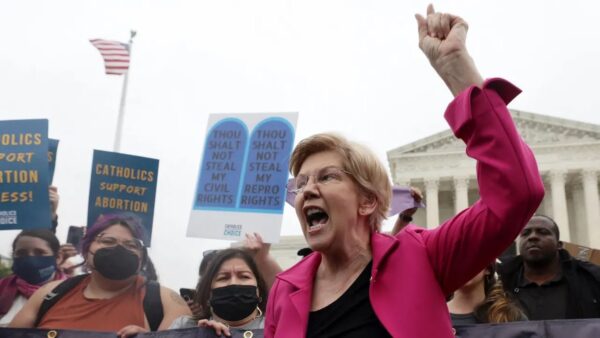In the middle of March, between 20 and 30 protesters lined the sidewalk outside the Escalante City Building. Carrying signs protesting a new dollar store along Scenic Byway 12 wasn’t remarkable in its form — this sort of protest happens all the time.
What was remarkable, however, was the protesters’ ask. They insisted the city ignore its own ordinances and reject the dollar store proposal.
The Byway reported on this story earlier, and McKynlee has also written a good editorial on it. Since then I have wondered if there is an inappropriate time to protest.
The writer of Ecclesiastes taught that there is a time for all things, including “a time to love, and a time to hate; a time of war, and a time of peace.” Some pacificists might ask if there is ever an appropriate time to hate or engage in war. We know from history that this has happened much between nations not governed by a shared law.
But inside the law, such as the well-honored laws of the United States, the answer is no. That is because the law we are all bound by provides other avenues for dealing with conflict.
One of these avenues is protest. Protest in America comes in different forms, such as written protests and appeals, or filing lawsuits. But these days the word protest is mostly used to describe citizens gathering informally in groups to carry signs, chant or shout for change. This “protest” is the form of discourse I’m talking about today.
Protests are hardly ever a hotbed of good ideas. The form requires any ideas to be simplified enough to fit on a single cardboard sign, scrubbing out all nuance. Often the shortened messages miss the point or mislead. And in some instances, such as the Occupy Wall Street movement of 2011, we found the protesters didn’t even know what their message was!
On the other hand protest is an important part of the democratic process. It’s important enough that some reading this may have disagreed with my question on whether protests could ever be “inappropriate” at all. I hear you. Protest is always allowed. So my real question then is this: when is protest the most effective?
American government is organized under three basic functions: to legislate new law, to execute that law, and to interpret the law, which is the function of the judiciary.
Among these three functions, protests should only be effective in the legislative process. Citizens form a government and elect representatives. Citizens then need to voice their wishes when those representatives write new law. Here public opinion is essential.
People should not hold protests about whether that law should or should not be executed. The law should always be executed as it is written, regardless of public opinion. However, if people feel the law was executed the wrong way, a lawsuit is an appropriate way to protest it. Civil disobedience is another way to protest, but the vast majority of those who break laws they don’t agree with turn out to be wrong. So be careful with this.
Once a lawsuit is filed to resolve a dispute, the court system is tasked with interpreting the law. Protests are ineffective here, too, because the court must interpret the law alone — without the influence of public opinion or political pressure.
Chief Justice John Roberts addressed this at the University of Minnesota Law School in 2018. He said that unlike the other branches of government, the judicial branch must remain independent. And unlike other public officials, “we do not speak for the people. We speak for the Constitution. Our role is very clear. We are to interpret the Constitution and the laws of the United States.”
Roberts said, “Without independence, there is no Brown v. Board of Education.” He added that whenever the Court has erred, it was because it yielded to political pressure, such as when the Court upheld the internment of Japanese Americans during WWII.
It is important to know when and how to protest. Sometimes people have difficulty knowing which function of government is at play, and therefore, don’t know how to protest.
As an example, the federal executive branch has expanded out of its executive function over time. Nowadays it engages in quite a bit of lawmaking, too, whether through executive orders by the President, or administrative rules written by many of the government’s departments. Because these are legislative activities, protests are appropriate.
To be an agent of change, civil discourse is still the best way to persuade and influence others. Civil discourse is more than just protesting.
These days there is a whole industry full of career protesters who are always busy picketing courthouses or trolling the internet. Driven by rage, they rely on emotional arguments at the expense of civil discourse. They don’t seek to persuade their opponents but rather to destroy them. But this does not lead to a better society.
When we see problems in society, it is our duty as citizens to solve them. Protesting legislation is one place to start, but to be effective it has to lead to meaningful, respectful dialogue. And when a solution is found, we must leave the picket line, roll up our sleeves, and do the real work at hand.
– by B. E. Davis
Feature image caption: “I am angry, upset and determined,” Senator Elizabeth Warren (D-MA) yelled to protesters outside the U.S. Supreme Court, shortly after a draft opinion overturning Roe v. Wade was leaked in May, 2022. The Supreme Court was barricaded for weeks following the leak to prevent protesters from disrupting the work of the Court. Courtesy The Guardian.

